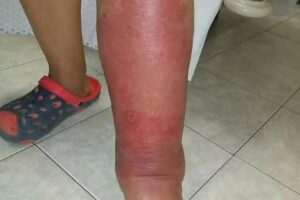Residents of many countries have been warned to prepare for the threat of a tsunami in the wake of a massive earthquake that struck off the coast of Russia.
An earthquake measuring 8.8 magnitude was recorded off the coast of Russia on Wednesday (30 July), with it being believed to be the sixth-strongest ever recorded, leading to fears of a tsunami hitting multiple countries.
According to the BBC, 4ft (1.2m) waves have already reached Hawaii after being triggered by the earthquake.
Evacuations in coastal areas have already been ordered in many locations in an attempt to minimise loss of life and potential damage.
The earthquake is the strongest on record since 2011’s 9.0 magnitude earthquake hit northeast Japan, with the following tsunami leaving devastation behind.
But which areas are at risk today? Here’s everything we know…
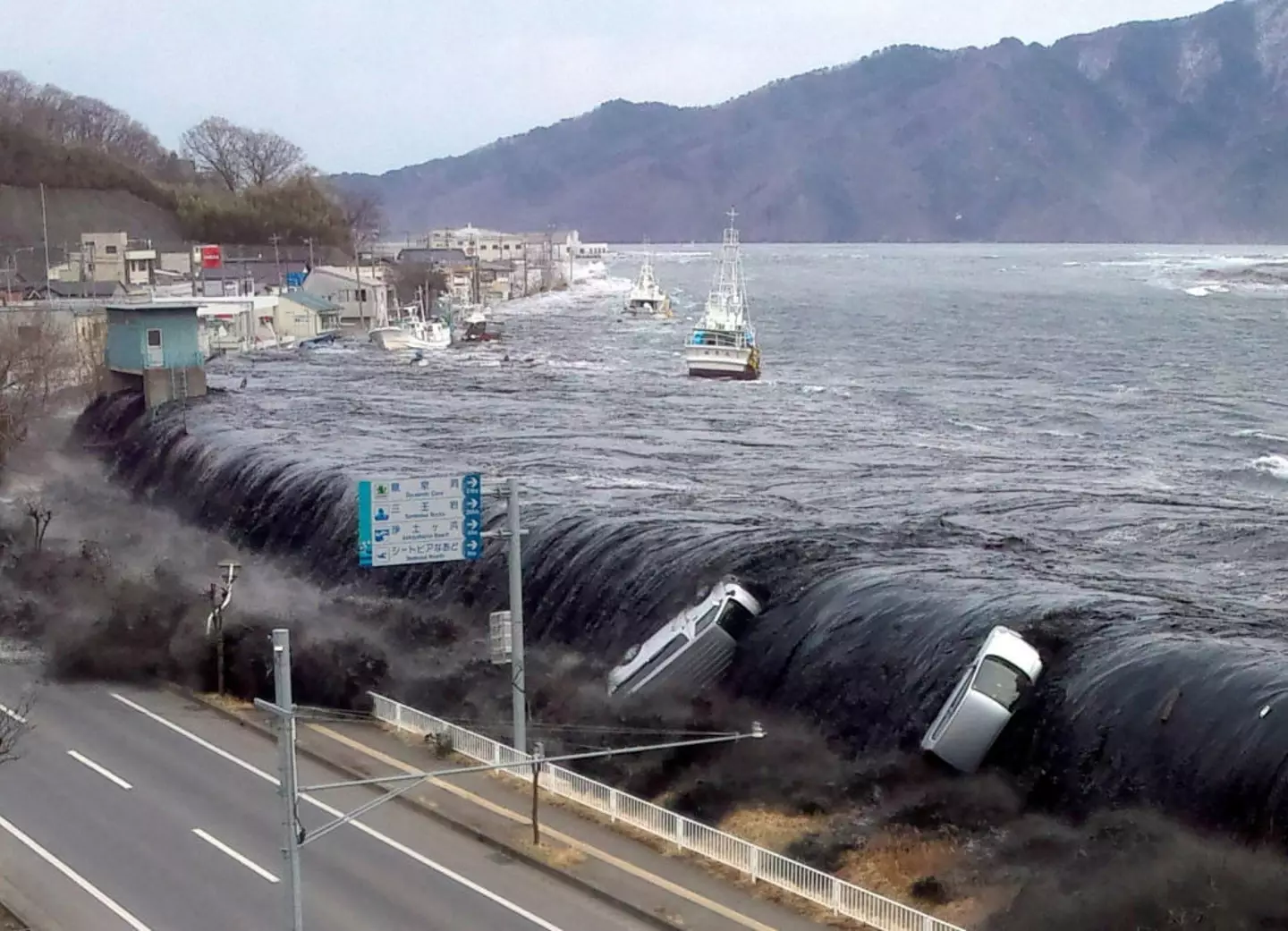

In 2011, a tsunami triggered by a 9.0 magnitude earthquake in northern Japan caused devastation (JIJI PRESS/AFP via Getty Images)
Everything we know about the earthquake in Russia and tsunami warnings
According to the US Geological Survey (USGS), the earthquake’s epicenter was recorded around 74 miles (119 kilometers) southeast of Petropavlovsk-Kamchatsky city, at a depth of 20.7 kilometers.
This was followed by two powerful aftershocks, measuring at 6.3 and 6.9 magnitudes in the hour after the first 8.8 quake.
Smaller shocks measuring around 5 have also been recorded.
The waves that have been recorded so far have measured between four and five feet high, and the governor of Hawaii has warned residents that the tsunami ‘will wrap around the islands’.
According to the National Oceanic and Atmospheric Administration, large waves started to build in the early evening local time in Kahului.
All flights in and out of Maui airport were cancelled; however, the warning has since been downgraded from a tsunami to large waves, and people who have evacuated have been told they can return home.
The original forecast for Japan was for waves of almost 3m, but the measured ones have been much smaller so far, but that could still change.

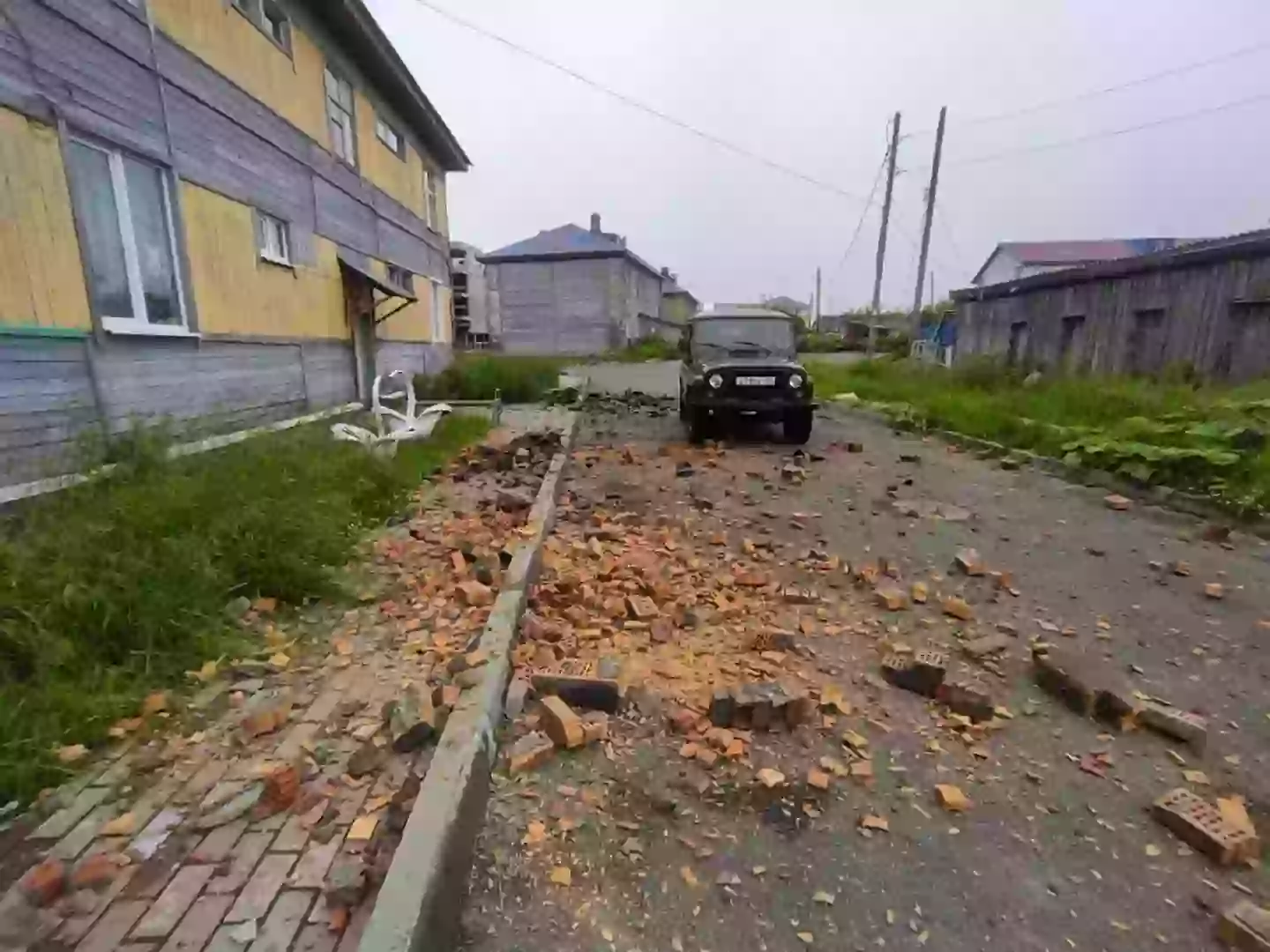
The 8.8 magnitude earthquake has caused damage in Russia (KBGSRAS / S. Lakamov/Anadolu via Getty Images)
Where in the world is the tsunami expected to hit?
More than 1.9 million people in Japan have been told to evacuate as large waves have already begun to hit the northern and eastern coasts.
Tsunami warnings and advisories have also come into effect for California and the rest of the US West Coast. The highest level of tsunami alert extends down the California coast from Cape Mendocino to the Oregon border.
In addition to Japan and the US, places such as Russia, the Philippines, Indonesia, Chile, Peru and Ecuador have also issued warnings.
Residents of the Galapagos Islands have been warned of a 1.4m (4.6 feet) wave expected by 9 am local time.
The Integrated Tsunami Alert System of Mexico and Central America’s alert is also extensive.
It covers the whole area from Ensenada to Panama, and warnings have also been issued for Guam, the Northern Mariana Islands and American Samoa.
The US embassy has issued warnings this morning to Papua New Guinea, the Solomon Islands, and Vanuatu.
President Donald Trump posted on Truth Social: “Due to a massive earthquake that occurred in the Pacific Ocean, a Tsunami Warning is in effect for those living in Hawaii. A Tsunami Watch is in effect for Alaska and the Pacific Coast of the United States. Japan is also in the way.
“Please visit tsunami.gov/ for the latest information. STAY STRONG AND STAY SAFE!”
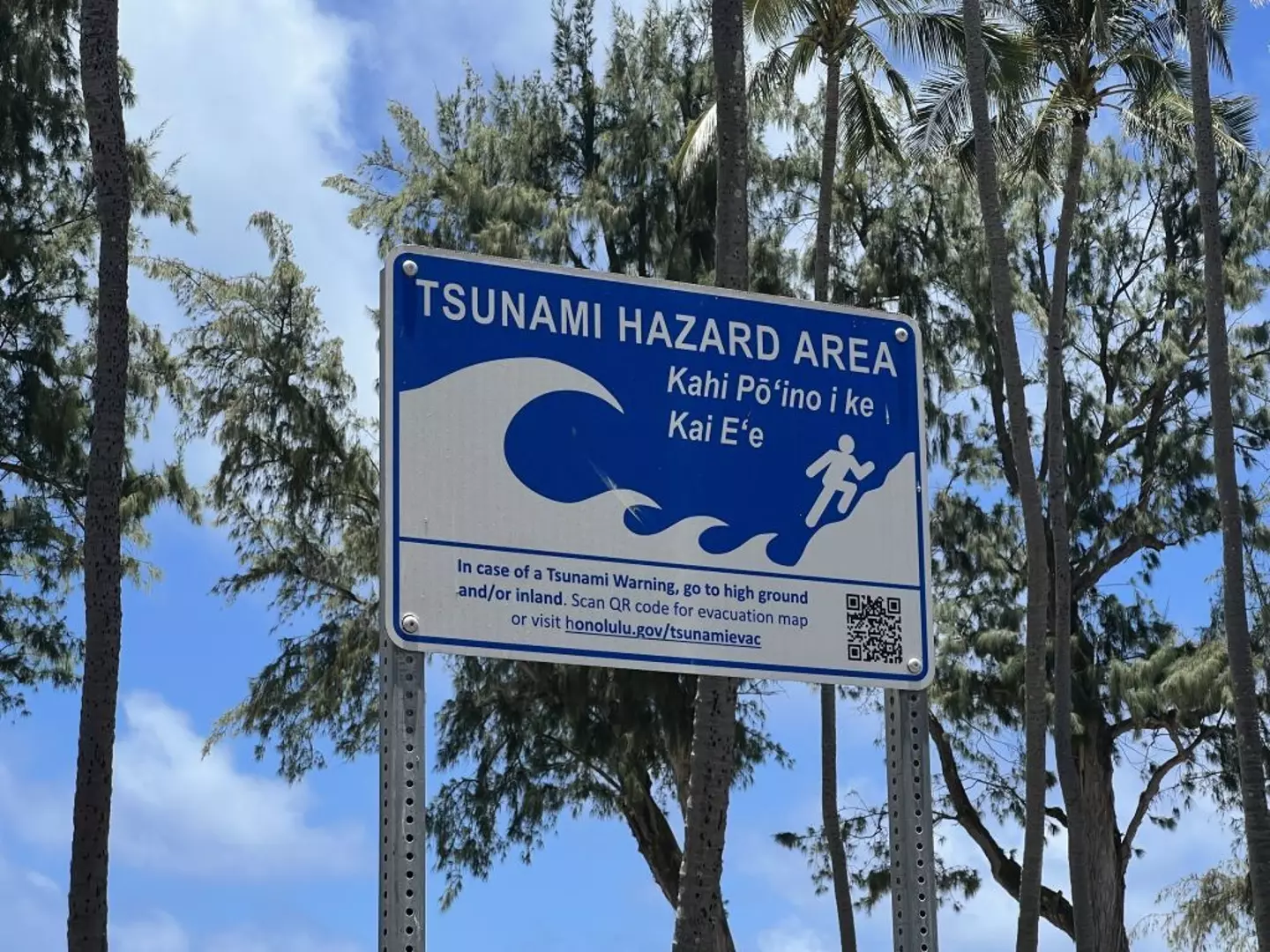

Warnings have been issued in Hawaii, with Maui airport closing for flights coming in or out (Smith Collection/Gado/Getty Images)
How to stay safe during a tsunami
Residents are being urged to move away from coastal and low-lying areas and to head to higher ground.
New Zealand’s emergency management agency warned residents in coastal areas: “People in or near the sea in the following areas should move out of the water, off beaches and shore areas and away from harbours, marinas, rivers and estuaries.”
People on boats, including those in marinas, have been told to move onto the shore.
Many warnings are being given advising not to head to the coast to watch for any waves coming in or to record footage for social media.
People are advised to move to land at least 100ft above sea level, and at least a mile inland away from the coast.
According to the National Weather Service, noticeable signs ahead of a tsunami include a loud roaring sound from the ocean, accompanied by a sudden rise or fall of water levels.
If the water suddenly retreats away from the shore, this can also be a warning that a tsunami is about to happen.
Residents are advised to listen to the radio or check their mobile devices for the most up-to-date information and warnings.
Featured Image Credit: Getty Stock Image
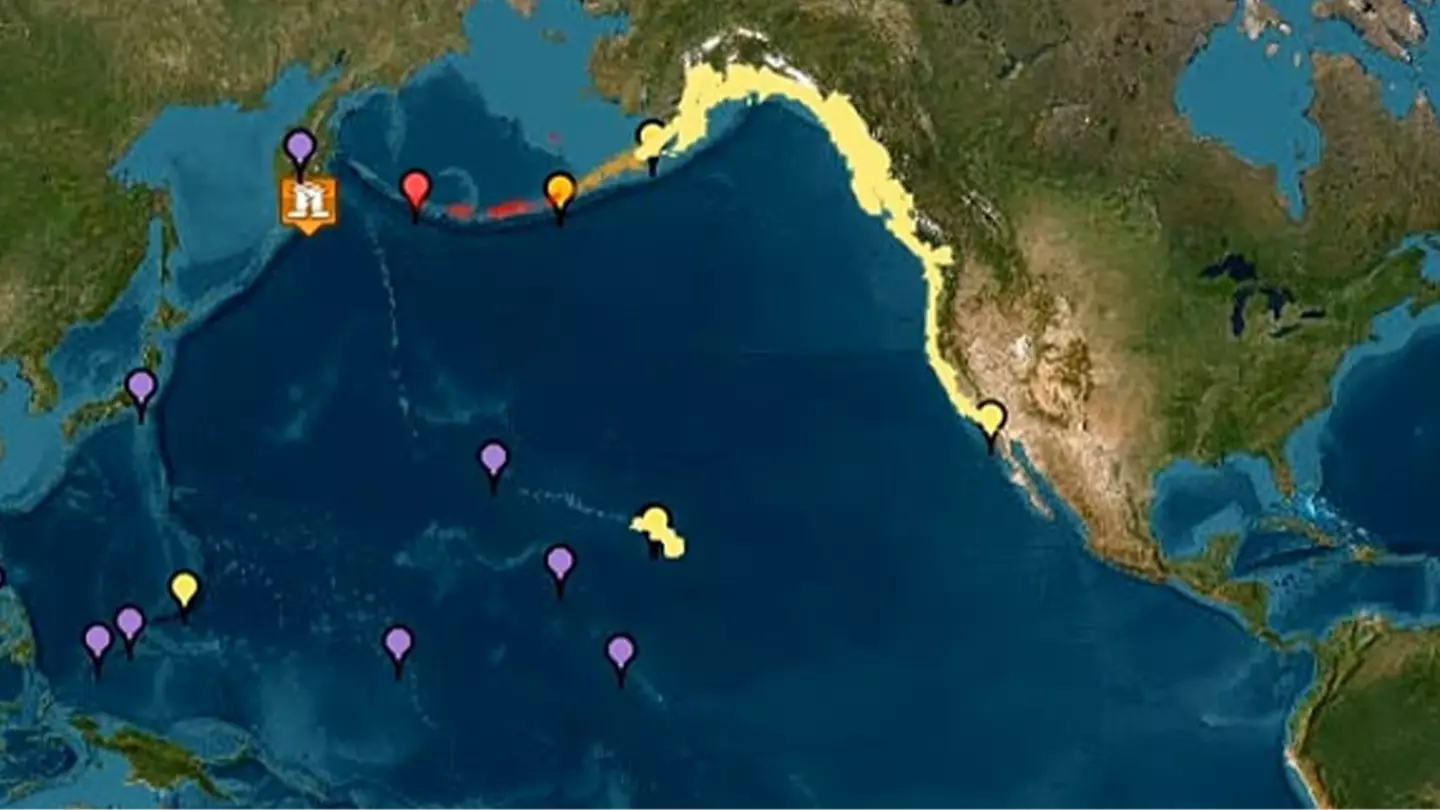

Millions of US citizens are under threat of a huge tsunami after a massive 8.8 magnitude earthquake struck off the coast of Russia.
BBC News reports that the first waves triggered by the seismic earthquake have reached Hawaii, with a 4ft (1.2m) wave recorded off Oahu.
Residents in Hawaii had already been told to evacuate from the coastal areas as the risk became apparent following the earthquake in the far east of Russia.
How powerful is the earthquake and where did it strike?
The sixth-biggest earthquake on record hit Russia overnight as a kindergarten in Petropavlovsk collapsed following the 8.8 magnitude quake.
Several were left injured as a result of the earthquake, while tsunami waves hit the coastal town of Severo-Kurilsk.
Oleg Melnikov, a regional health minister, told the TASS state news agency: “Unfortunately, there are some people injured during the seismic event. Some were hurt while running outside, and one patient jumped out of a window. A woman was also injured inside the new airport terminal.
“All patients are currently in satisfactory condition, and no serious injuries have been reported so far.”


Citizens have been leaving Hawaii in masses (EUGENE TANNER/AFP via Getty Images)
What is the tsunami warning and who is affected in the US?
The California and Oregon border has now been placed under a tsunami warning, which basically means ‘take action’, according to the US National Weather Service.
Meanwhile, advisories continued to be issued for the West Coast of the US, as officials continue to monitor the threat.
President Donald Trump took to Truth Social to issue a warning to millions of Americans regarding the ongoing risk of a tsunami.
He penned: “Due to a massive earthquake that occurred in the Pacific Ocean, a Tsunami Warning is in effect for those living in Hawaii. A Tsunami Watch is in effect for Alaska and the Pacific Coast of the United States. Japan is also in the way. Please visit tsunami.gov/ for the latest information. STAY STRONG AND STAY SAFE!”
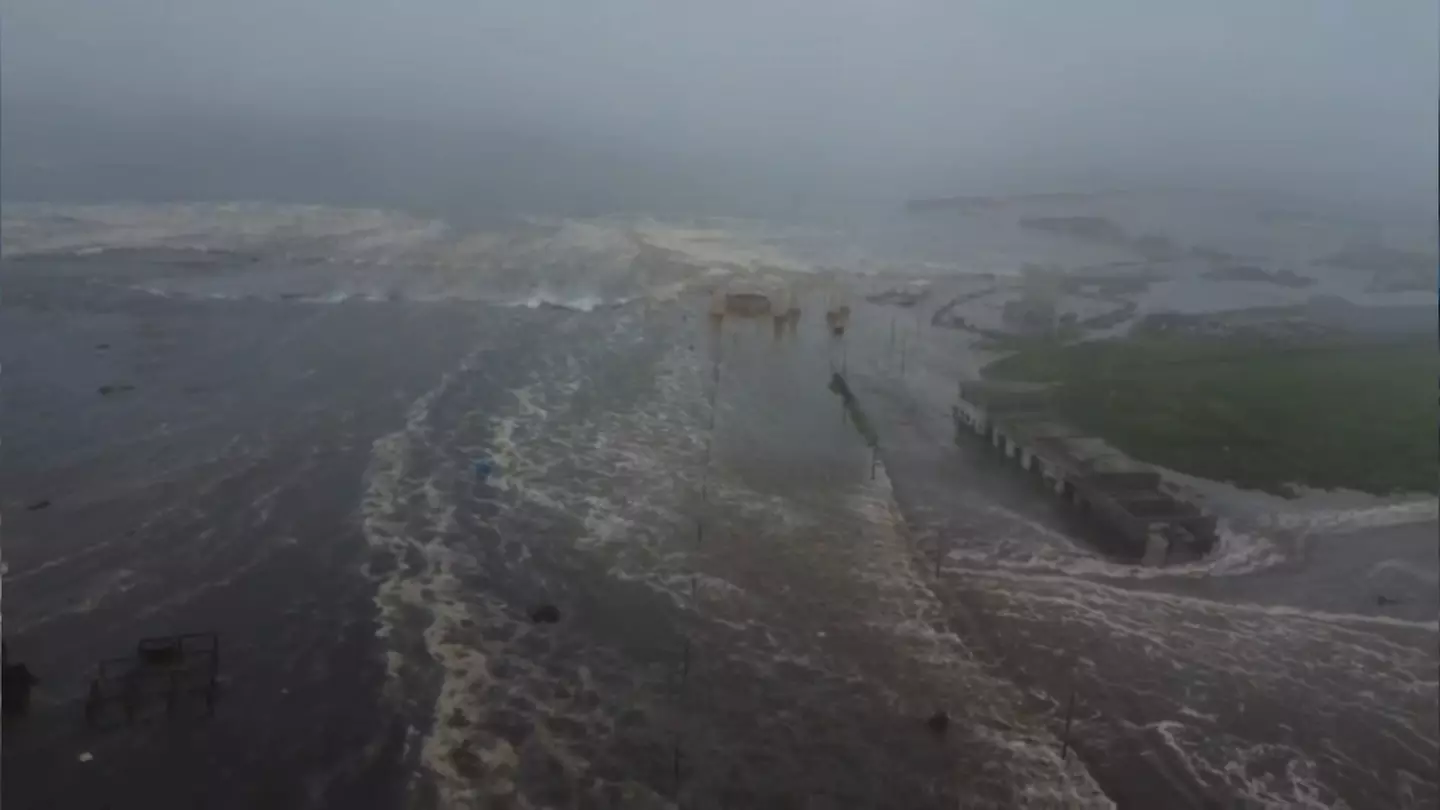

Severo-Kurilsk in Russia has been severely impacted by the earthquake (Kamchatka of Geophysical Survey/Anadolu via Getty Images)
Where will the tsunami hit? Full list of areas at risk revealed
It’s not just the US that is being impacted by the earthquake as more than 1.9 million people in Japan have been told to evacuate.
The country’s weather agency has said a tsunami wave of 4.3ft has reached the northern Iwate prefecture.
Varying tsunami alerts have been issued in parts of China, the Philippines, Indonesia, Guam, Peru and the Galapagos Islands.
As per the Financial Express the full list of islands under threat are:
- Guam
- Palau
- Solomon Islands
- Marshall Islands
- Midway Atoll
- Wake Island
- Johnston Atoll
- Northern Mariana Islands
- Yap
- Pohnpei
- Korsae
- Chuuk
- Aleutian Islands
How to stay safe during a tsunami
The National Weather Service says those who are in a tsunami hazard zone and receive an official warning should stay away from the coast until the alert if lifted.
Furthermore, if you are asked to evacuate, then you should head to high ground or inland as quickly and safely as possible.
It’s also advised you set up multiple ways to receive warnings prior to a potential tsunami, including text message alerts from your local government.
Featured Image Credit: NOAA


